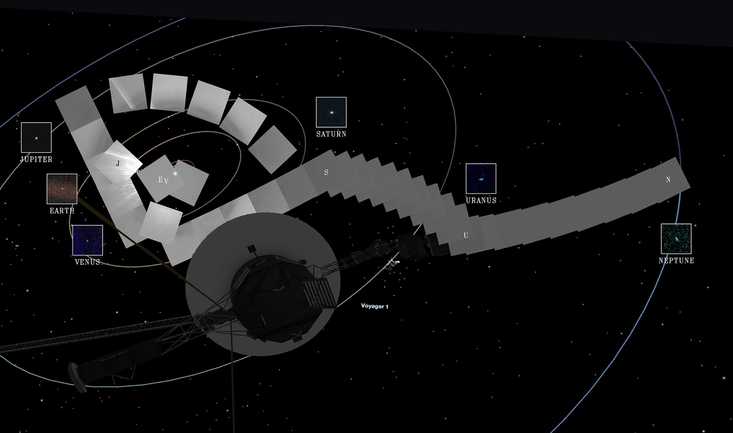Archaeologists Discover New Details About The Amazon’s ‘Lost Cities’
New technology provided a breakthrough decades after the site was found. World News/YouTube
World News/YouTube
News that is entertaining to read
Subscribe for free to get more stories like this directly to your inboxThere are untold mysteries waiting to be solved beneath the Earth’s surface, and every so often a major discovery helps us fill in several important blanks about our collective history.
That was the case when a group of archaeologists exploring the Amazon used a combination of old-fashioned know-how and state-of-the-art technology to pinpoint the remnants of an ancient society that was extremely advanced for its time.
20 years in the making
While there was evidence of these so-called “lost cities” around the turn of the 21st century, archaeologist Stephen Rostain said that he couldn’t explore those leads at the time because he “didn’t have a complete overview of the region.”
Advancements over the course of the past couple of decades, however, have made it possible to find out precisely where to dig and what historical treasures might be hiding.
In this case, technology known as “lidar,” which uses lasers to chart a map of areas invisible to the naked eye, was able to point archaeologists to an area of the forest in the Upano Valley of Ecuador.
And as researchers chronicled in the latest issue of the “Science” journal, the discovery shattered their expectations.
“A lost valley of cities”
Upon starting to dig into the lidar results, experts started to piece together some important details about these ancient civilizations, including:
- Intricate geometric patterns and roads connecting different areas
- Gardens and communities that rivaled the Mayans in terms of complexity
- Evidence that the Upano tribe built the sites as far back as 500 B.C.
- Five large and ten small settlements spanning about 116 square miles
While it’s not yet clear how many people lived there, Rostain said the discovery is potentially monumental.
“It was a lost valley of cities,” he said. “It’s incredible.”
 Why Is The Aging Voyager 1 Probe Sending Back Incoherent Communications?
It's been speaking gibberish for a few months and officials are concerned.
Why Is The Aging Voyager 1 Probe Sending Back Incoherent Communications?
It's been speaking gibberish for a few months and officials are concerned. One Woman’s Massive Donation Is Wiping Out Tuition At This Medical School
Her inheritance came with the instruction to do "whatever you think is right."
One Woman’s Massive Donation Is Wiping Out Tuition At This Medical School
Her inheritance came with the instruction to do "whatever you think is right." Woman’s Pets Will Inherit Her Multimillion-Dollar Fortune, Not Her Kids
It's not the first time four-legged heirs were named in a will.
Woman’s Pets Will Inherit Her Multimillion-Dollar Fortune, Not Her Kids
It's not the first time four-legged heirs were named in a will.